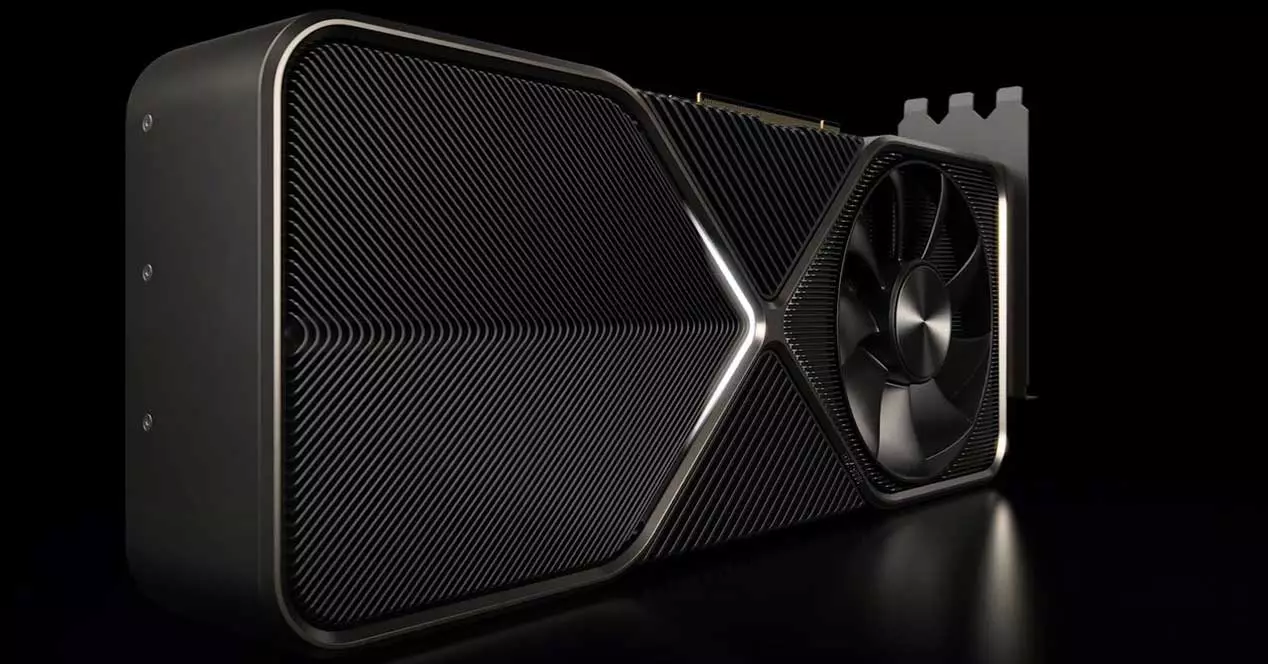
Like every month, Microsoft is constantly working to detect and correct all kinds of security flaws that may pose a problem for user security. Yesterday, the second Tuesday of the month, the software giant launched its new security patches, corresponding to June 2022, with which it fixes 55 different security flaws in all supported versions of Windows, one of which is especially dangerous as it is a zero-day bug. Let’s take a closer look at these new security patches.
Of the 55 vulnerabilities fixed by Microsoft in its operating systems, a total of 3 have been considered as “critical”, since they allow the execution of remote code in the system. In total, the security flaws fixed with this month’s patches are summarized as follows:
- 12 failures of the elevation of privileges type.
- 1 failure to evade security systems.
- 27 remote code execution failures.
- 11 information disclosure failures.
- 3 denial of service failures.
- 1 “spoofing” type error.
Of all of them, the most worrying security flaw fixed in these updates is «Follina». This is a massively exploited network zero-day vulnerability that allows an attacker to bypass all system security measures through the Windows Microsoft Diagnostic Tool (MSDT). Once a system is exploited, simply run a Word document to launch PowerShell commands on the computer and take the infection to a new level.
The systems that have received the security patches are the following:
- Windows 7 (extended support): 21 security flaws, 1 of them critical.
- Windows 8.1: 22 security flaws, 1 of them critical.
- Windows 10 version 20H2, 21H1 and 21H2: 29 security flaws, 2 of them critical.
- Windows 11: 28 security flaws, 2 of them critical.
How to install the updates
The most common thing is that we have Windows configured to search for, download and install updates automatically without us having to do anything else. But, in case this is not the case, there are two ways to protect ourselves from all these failures.
The first one is open windows update and check for new updates. The system will find these new patches and if they are not installed, it will automatically download and install them on the PC. Nothing more. And the second one is to download and install the updates manually to bring our PC up to date. To do this, we simply have to follow the following links:
Once the patch is installed by hand, we restart the computer and, when it turns on again, we will have our PC fully protected.
Goodbye Internet Explorer
As we anticipated several days ago, after 27 years with us, today a piece of software dies that, surely we all know, for better or for worse: internet explorer. Microsoft’s mythical browser has been accompanying Windows since 1995, becoming, in its golden age, the most used browser in the world. After a long, hard decline, and two versions of Edge, Microsoft has finally decided to permanently retire its web browser in order to continue looking to the future.
This browser is going to stop working on all modern versions of Windows 10 and 11, forcing users to use Edge, or any other alternative browser. But the change will not affect all versions of Windows, but there are some that, despite not receiving more support, will still be able to use this browser:
- Windows 7 with extended support.
- Windows 8.1
- Windows 10 (LTSC, SAC, IoT LTSC, Server LTSC).
The rest of the users who still need Internet Explorer, remember that there is the so-called «IE Mode» of Edge that allows us to simulate the classic Microsoft browser to visit certain websites, and that will continue to work until 2029.



